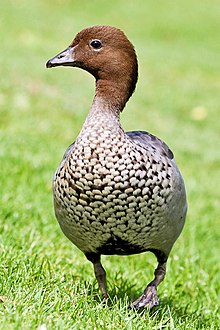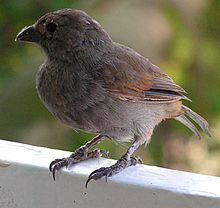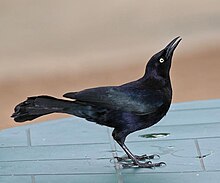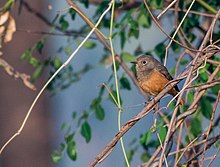Date: August 17, 2016
Source: British Ecological
Society (BES)
Preserving old villages and farm
buildings -- and being more creative in designing new rural homes -- could help
halt the decline in European farmland bird populations, according to new
research published in the Journal of Applied Ecology.
The study, led by Dr Zuzanna
Rosin of Adam Mickiewicz University, found that traditional villages in Poland
are biodiversity hotspots for farmland birds, whose populations have declined
at an alarming rate across Europe over recent decades.
As agriculture becomes ever more
intensive, traditional villages will play an increasingly important role in
farmland bird conservation, says Rosin, so preserving the variety of farms,
homes and building materials is key to conserving farmland birds, whose numbers
have fallen dramatically.
According the official State of
Europe's Common Birds, between 1980 and 2005 the population of crested larks
declined by 95%, corn buntings by 61% and linnets by 54%.
Previous studies have pointed to
agricultural intensification, with the resulting loss of habitat, as a major
cause of farmland bird declines. But the importance of old farms and villages
to bird biodiversity has been little studied until now.
Working in two regions of western
and southern Poland, Wielkopolska and Małopolska, the team of ecologists from
Poland and Sweden counted the number and species of birds at three spatial
scales: single rural property, village and landscape.
They visited 78 homes and farms
in 30 villages, and recorded 12,000 individual birds from 135 species,
including many species which are declining in Europe. They found that old rural
properties had more birds, from more species, than buildings constructed after
1989 and that farmsteads hosted more bird species than homesteads.
They also found that old,
traditional villages are biodiversity hotspots for farmland birds, and that the
proportion of new homes in a village has a dramatic impact on bird life. They
found 20-25 bird species in villages with less than 10% new dwellings, but when
new homes made up 40-50% of a village, fewer than 10 bird species remained.






